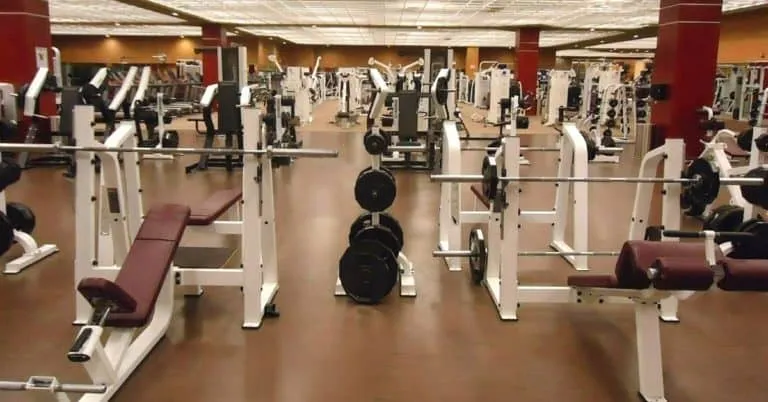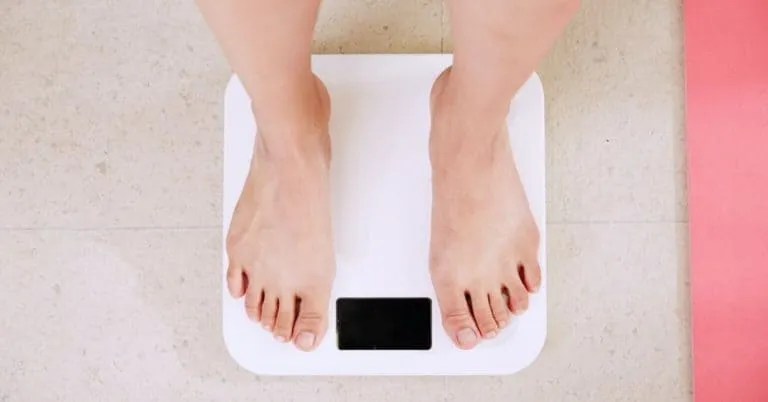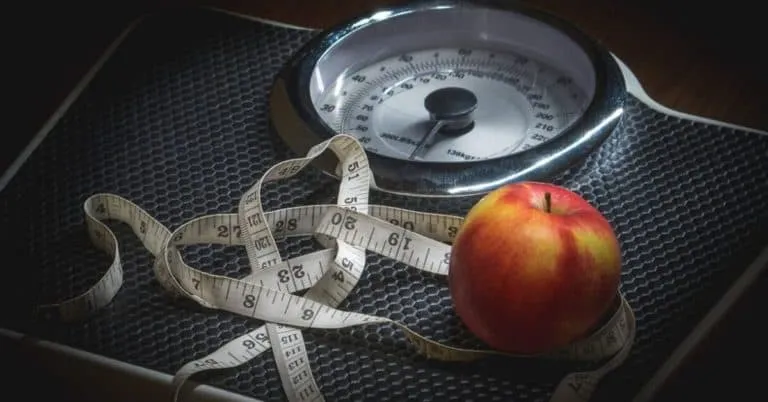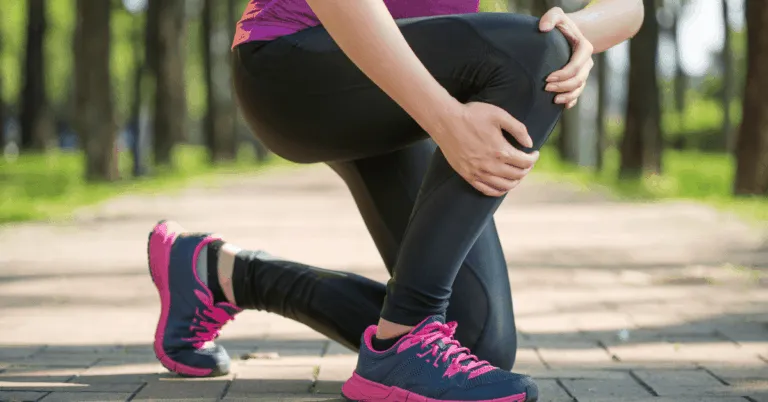How To Get Started Exercising For Complete Beginners Who Haven’t Worked Out A Day In Their Life
Between work routines and busy personal schedules it’s not uncommon for people to be in a situation where they haven’t done any form of exercise for a very long time. After all office work and binge-watching TV-shows are not the most aerobic of activities.
This puts us in a state of near-atrophy, which makes getting started on an exercise routine difficult. We may not feel energized enough or physically capable enough to get through the rigors of such an activity.
Everyone starts somewhere, and starting from a place of complete inactivity is as good a place to start as any and now with this guide to exercising for complete beginners you’ll be able to take the first steps to improving your health and fitness.

To start; cut yourself some slack on the fact that you haven’t gotten a lot of exercise in a while. Our lifestyles have a lot more to do with conditions outside of our control than ones in our control. If you’re beginning your weight-loss journey from a place of self-loathing, then it is going to be tough. So the first step is to let go of any of those negative thoughts, the fact that you want to change your life in this way doesn’t have to come from a place of self-loathing, all-or-nothing is no way to get something done.
Healthy eating and overall healthy living isn’t just a switch you turn on, it’s more like a skill that you have to work towards. You get a little better each day.
If your current physical condition allows only limited mobility it can be difficult finding the right path to start on. At this beginning stage it is important to know that any type of exercise is going to offer you health benefits. Even a light exercise that gently increases your heart-rate will release stress and spur the production of endorphins.
The few exercise ideas we’re about to go over are considered to be extremely low-impact and safe, but if you have any preexisting condition, injury, or issues related to your heart or breathing you should consult a physician before attempting them. It is always good to be cautious, especially if you aren’t too used to exercise.

Level One: Low-Mobility Exercises
Here are FOUR low-mobility exercise ideas you can start doing right now;
Sit Down/ Stand Up
Make sure the chair is stable and has a straight back, and simply sit down – then stand right back up. This should not be done if you have any back, leg, or knee conditions or injuries.
When tired, sit for a longer rest period before standing back up.
The Don’t Jump/Half-Hula
Stand up and do the ‘jumping’ motion, even if you are unable to fully get your feet lift off the ground this flexing of your muscles will still ignite them.
The same for the hula-hoop motion, you don’t need to have a hula-hoop, simply do the motion as if you had one.
When tired, be sure to sit down.
Tip: Be sure to keep plenty of water on hand and drink from it liberally
Arms Out
Lift your arms up to your sides of hold them up for a few seconds, increase the amount of time you hold them up as you go and you will be building strength in your arms, shoulders, legs, back, and chest.
Wall-Push
Stand facing the wall, place your palms on the wall and slowly move in followed by gently pushing yourself back.
It’s like a push-up but done standing up.
Do these exercises every other day for a few weeks, increasing intensity just a little each time by doing the activity for a longer period of time.
Level Two: Low-Impact Exercises
When you’re not getting any exercise your body enters a state of atrophy, like a hibernating animal it’s partially shuts down and functions at a lower level. Your heart, lungs, muscles, and brain all experience the repercussions of a sedentary lifestyle.
If you aren’t fully accustomed to exercise, it can be helpful to find a comfortable starting point to get your body moving. The above section dealt with movements that are possible for someone in nearly any physical condition to comfortably do, this section continues that trend just taking up it a notch.
As we get into more intensive exercise remember that it is important to get adequate rest so that your body is able to fully recover from exercise.

WALKING
Wake up a little earlier and go for a 15 minute walk.
The Next Day – add one minute – go for a 16 minute walk
The Next Day – add one minute – go for a 17 minute walk
These minutes add up pretty quick, by the end of the first thirty days you’ll be at 45 minutes. It’s a gradual increase that should allow your body the time to adjust. If it feels like that’s too fast, drop down to adding a full minute every other day.
Going from being completely inactive to being able to walk for 45-minutes straight in just two months is fantastic progress.
The amount of calories you’ll burn during this activity will vary depending on a number of factors, including how much you weigh, and the general-pace of your walk. Generally thirty-minutes of walking at a comfortable pace burns approximately 88 calories. Doing a thirty minute walk at a higher-level of intensity and covering more distance in that time burns around 150 calories.
Walking has numerous benefits beyond simply burning calories:
- The Stroke Association reports that a 30-minute walk each day is enough to reduce the risk of stroke by 27%
- Individuals who walk regularly have much lower-risk of developing dementia, as walking has been shown to improve cognitive function in adults through increased blood-flow and oxygen intake.
- Walking improves mood. It has been shown to be just as effective in treating mild to moderate cases of depression as anti-depressants.
This gradual increase doesn’t need to keep going once you hit the 40-45 minute mark, at that point your body will be used to movement and you’ll be able to take the next steps in developing your fitness. Unless you’re specifically training for a long walk, such as a marathon, there is no need and little benefit to working your way up to being able to walk for hours on end.
SWIMMING
Do you have access to a pool at a local gym or community center?
Then get swimming.
This fun energy-building activity is one of the best you can do for your health. Even just casually swimming around for a while is healthy and enjoyable but if you go for a full thirty-minutes of breast-stroke swimming burns around 370 calories, that’s higher than both walking and running.
Swimming is amazingly low-impact, the natural buoyancy of water means you’re only bearing about 10% of your weight. This puts far less strain on your bones and joints than any-other form of exercise which is why swimming has such a low-risk of injury compared to other exercises.
Swimming is also an amazing mood-balancing activity. The endurance required to swim around in the water is enough to release feel-good hormone serotonin, resulting in a feeling of being refreshed and confident after swimming.
Level Three | Video Below
IN CONCLUSION
Everyone has to start somewhere and here is as good a place as any. With these exercises you’ll be able to go improve your health and well-being one step at a time on your journey to becoming a fitter, happier you.
If you’re looking for a complete diet and exercise routine, check out Good Fun Health’s 6-Week Fat Loss Bootcamp available now!









You probably can start an exercise program during pregnancy, even if you’ve been a dedicated couch potato until now. Just be sure to review your plan with your healthcare provider and get her go-ahead before you begin. Keep in mind that pregnancy isn’t the time to try to lose weight, nor is it a good idea to begin a high-intensity exercise routine if you were previously inactive. But if you aren’t in any high-risk categories, you can start an exercise program that’s appropriate for your fitness level. A reasonable goal is to work up to 30 minutes of moderate-intensity exercise on most or all days of the week, as recommended by the American College of Obstetricians and Gynecologists (ACOG).